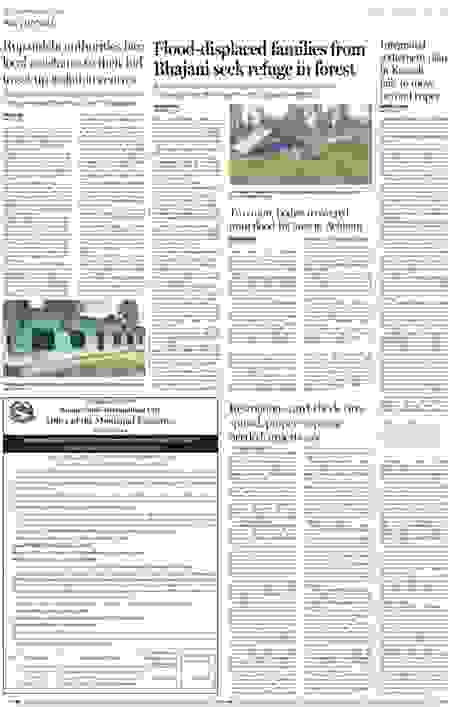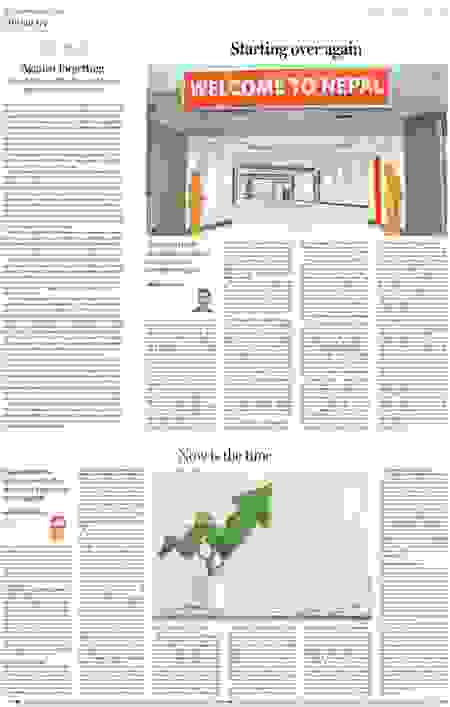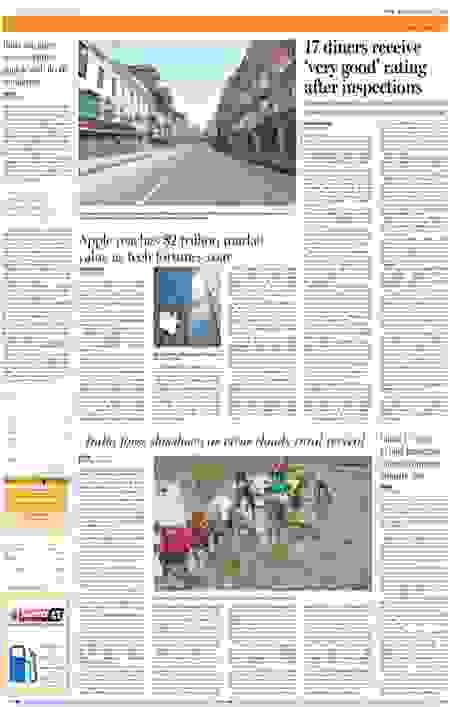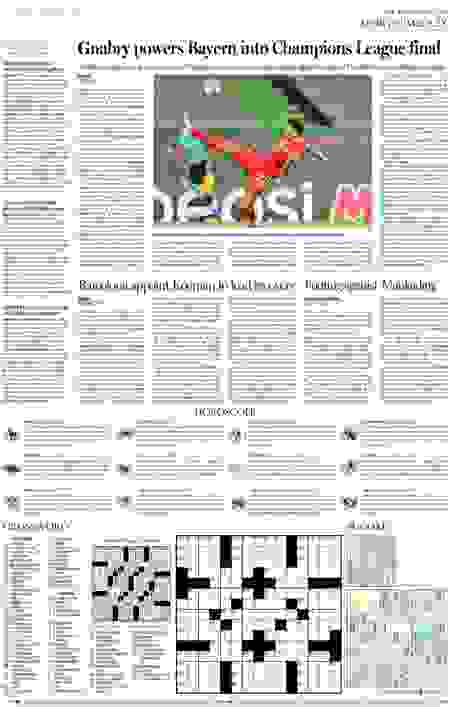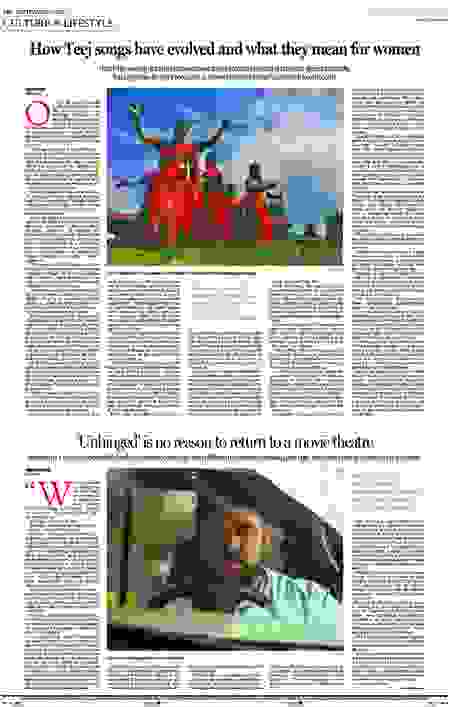Restrictions can’t check virus spread, proper response needed, experts say
KATHMANDU,
Districts including those in Kathmandu Valley may have been under strict restrictions, but unless authorities fully utilise this period to increase tests and ensure contact tracing and pull out all the stops, it could be yet another opportunity squandered, public health experts say.
Multiple doctors the Post spoke to said that the virus has taken hold in the community and that an effective contact tracing is the only way to break the transmission chain.
“We all know a lockdown or restriction for an indefinite period is not possible. Nor is it a solution to the pandemic,” said Dr Madhu Devkota, a professor at the Institute of Medicine, Tribhuvan University. “We have to prepare.”
According to Devkota, the past lockdown is an example of how the government failed in the fight against the virus.
“The lockdown was imposed in haste and lifted without any planning,” said Devkota. “We are facing the consequences now.”
According to the Health Ministry, 92 new cases were reported in a week in the Valley after the lockdown ended on July 21. The number of new infections reported on August 4 was 251 (the second week); 587 on August 11 (third week); and 1,027 on August 18 (fourth week).
On Thursday, when the Valley returned to lockdown with strict restrictions imposed, 200 new cases were reported. The Valley’s Covid-19 tally now has reached 2,316.
The country as of Thursday has reported 29,645 positive cases, including 126 deaths.
Death rate too has increased more than threefold in recent weeks.
Eighteen people had died until August 4—in two weeks since the end of the lockdown on July 21, but 56 people succumbed to the virus from August 5 to August 18 (two weeks).
Experts say what is concerning is cases are now doubling in a week or less in the Valley. Kathmandu is one of the most densely populated areas in the country, with a huge mobility of people.
An official at the Covid-19 Crisis Management Centre told the Post that Kathmandu Valley is facing a very serious situation.
“The case doubling time has come down to a week. The virus is spreading fast in densely populated areas,” said the official requesting anonymity because he was not authorised to speak to the media. “And our health facilities are very poor.”
As per prohibitory orders issued for the Valley by district administrators, which came in effect on Wednesday midnight, people are not allowed to come out of homes unless for buying medicines and other essentials. Vehicular movements have been banned and shops other than those providing essential goods and medicines will remain closed.
According to public health experts, since the virus is going to stay for long, the authorities must devise short-, medium- and long-term strategies.
“It takes time to set up new health facilities, as it is not only about placing a few beds and installing some equipment. It, rather, is about also having human resources with years of experience,” said Prabhat Adhikari, an infectious disease and critical care expert.
“We should use this restriction period to break the transmission chain and to track infections. Meanwhile, we should make maximum use of available facilities.”
Even though doctors had warned in the initial days that the country’s health facilities would soon get overwhelmed, the authorities failed to pay heed. Public health experts say there are some visible missteps by the government in response to the virus.
It was slow in putting together a national network of testing labs and human resources to ensure effective contact tracing.
Even during the lockdown, people’s movement from one district to another and to the Valley continued. The government formed two committees to fight the virus but did not appoint an expert as the coordinator.
According to doctors, an expert could have assessed the situation better than a political figure. Both the committees formed to respond to Covid-19 are led by Defence Minister Ishwar Pokhrel and to make matters worse, he has been embroiled in a corruption controversy.
Public health experts on a number of occasions have said privately as well as publicly that the Oli administration is reluctant to pay heed to their suggestions.
“We have been calling on the authorities since the first case was reported to focus on tests, ensure effective contact tracing and isolate the infected,” Dr Rajendra BC, former member of the Nepal Health Research Council, told the Post. “It has been seven months since the first case was reported. We are still making the same requests to the authorities.”
When cases started to spike, government officials started passing the buck.
The Health Ministry spokesperson even went on to say why the government should take all the responsibility of the people and spend on their testing when they are reluctant to spend even Rs200.
Experts say it is also incumbent upon the people that they strictly follow safety protocols and take precautionary measures, but the government cannot wash its hands of its responsibility.
“Beds in intensive care units are already packed and the country lacks enough ventilators,” said Adhikari, the infectious disease and critical care specialist.
“People will start dying without treatment, if we fail to arrange beds and ventilators immediately.’’
As of Thursday, 129 Covid-19 patients are in intensive care units, with 54 in Bagmati province. The Health Ministry said that seven people are on ventilator support in Bagmati province alone.
“An infected person spreads the virus to 2.3 persons on average. We had anticipated the present situation, as our preparation was not sufficient,” said Devkota, the professor at the Institute of Medicine.
“The authorities might extend the restrictions as they seem to be left with no other alternative. But what the authorities need to understand is restriction is not a solution.”




